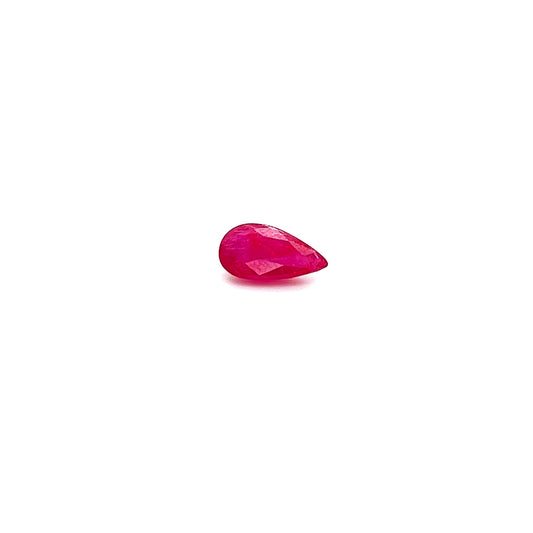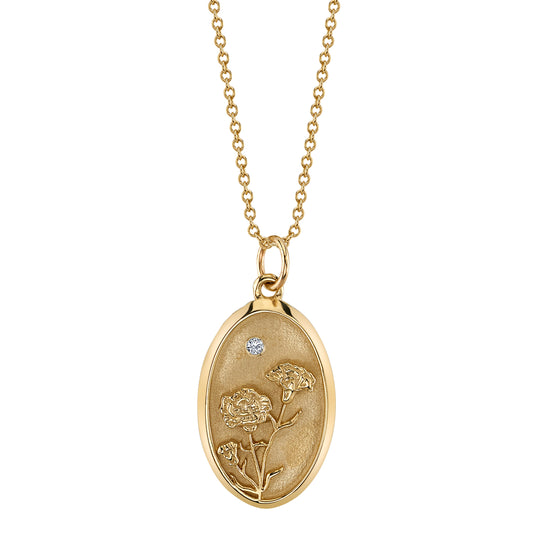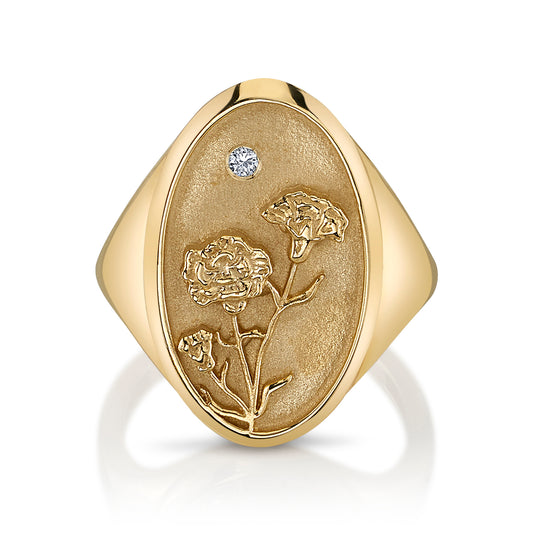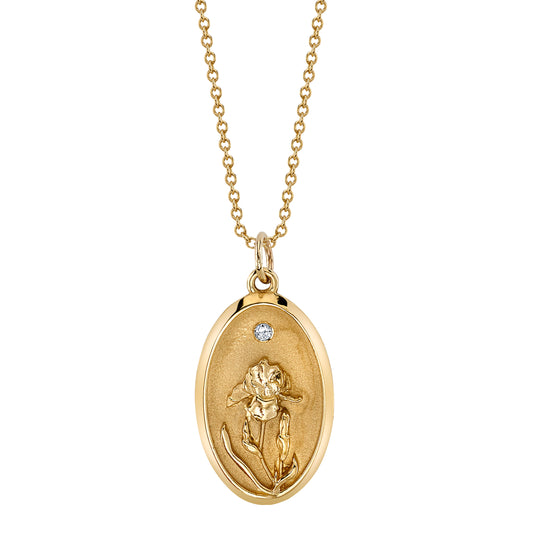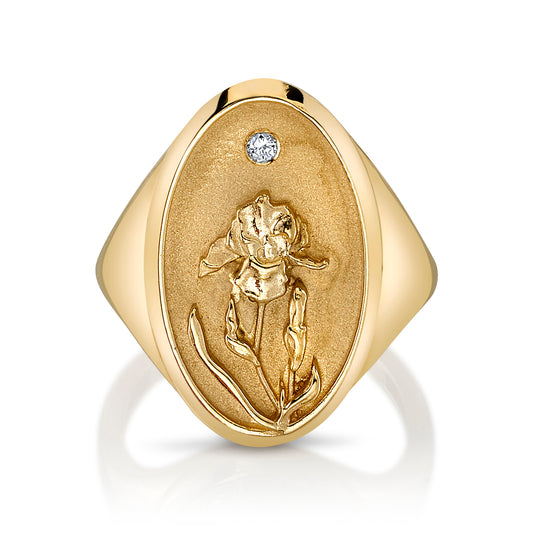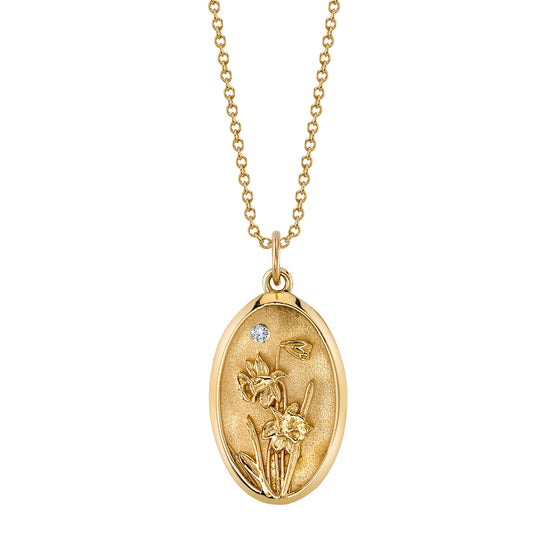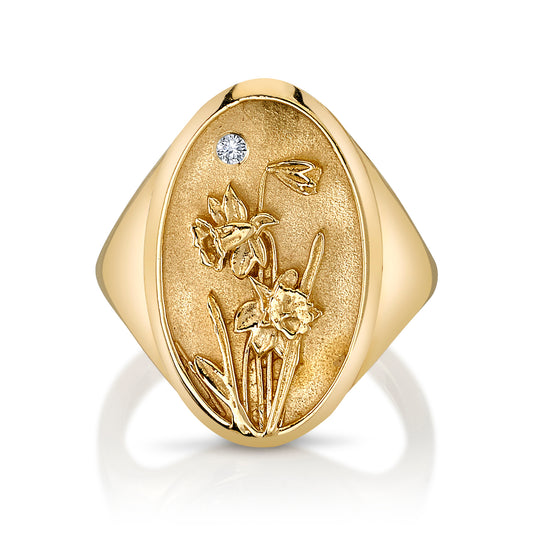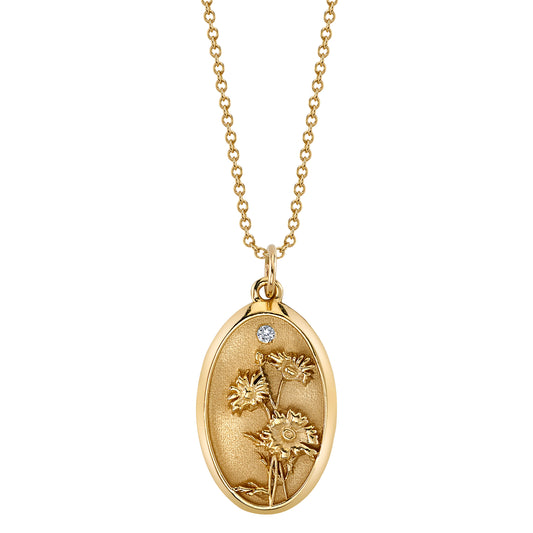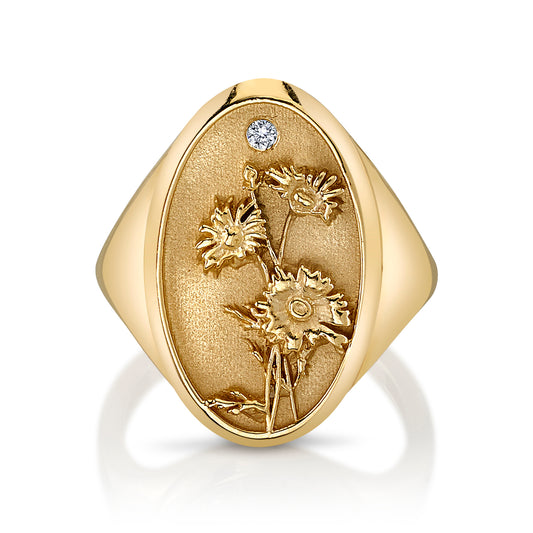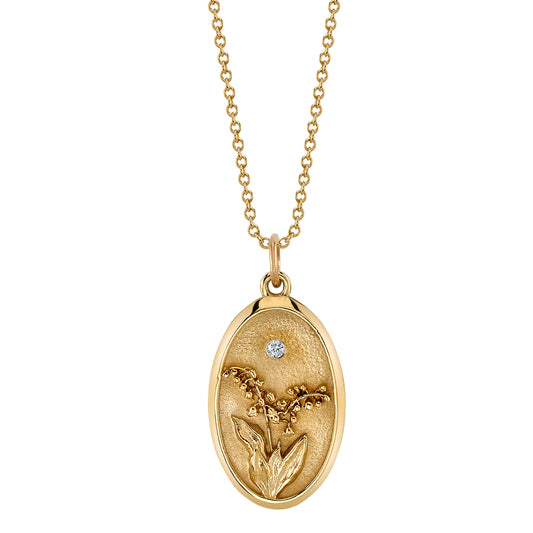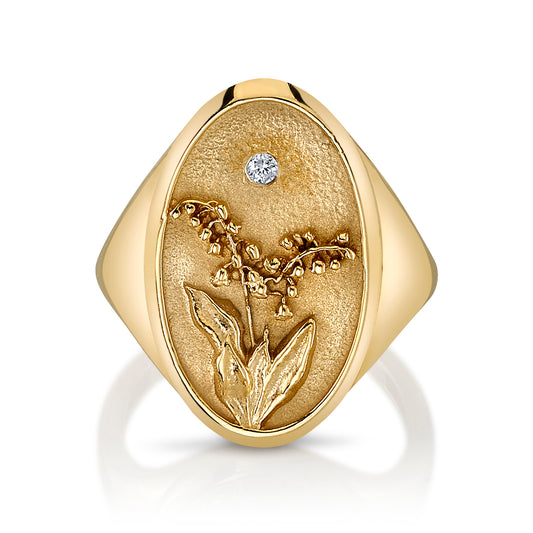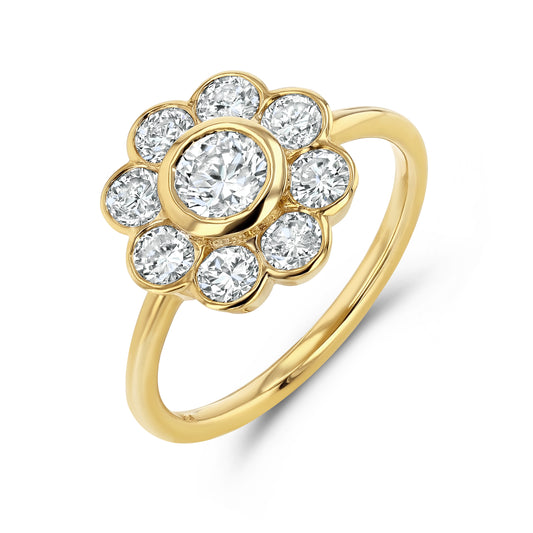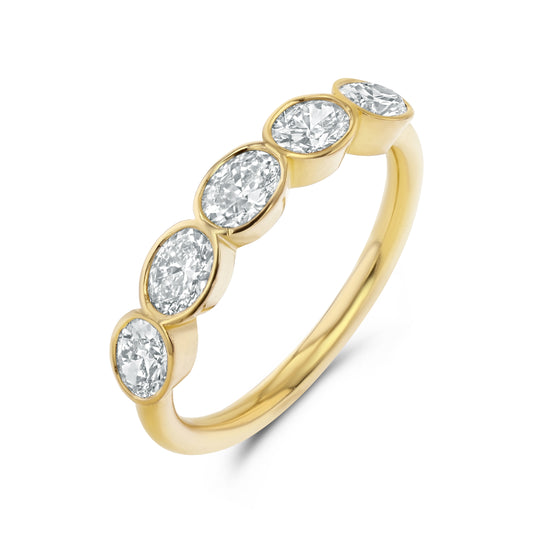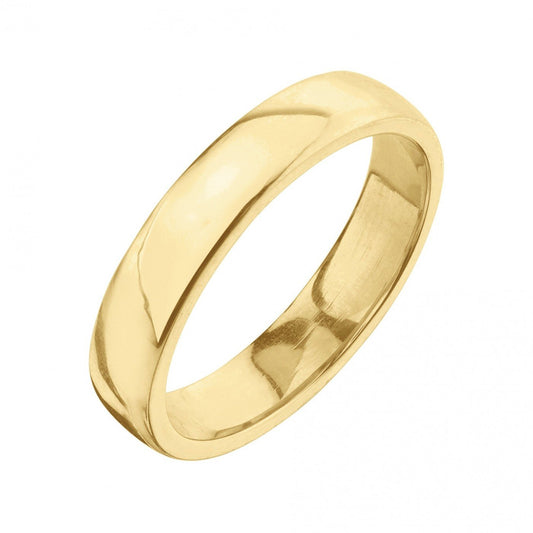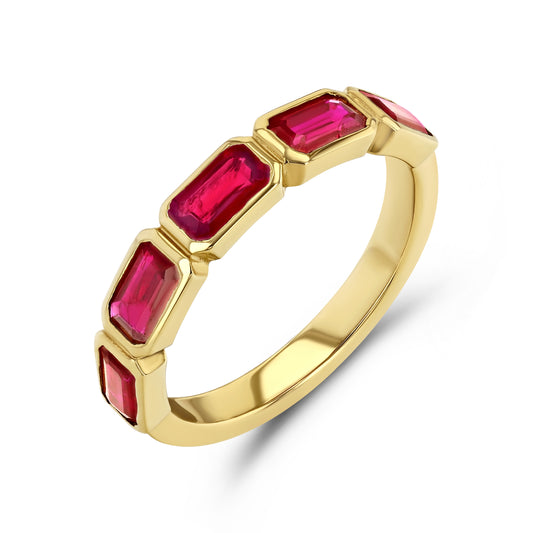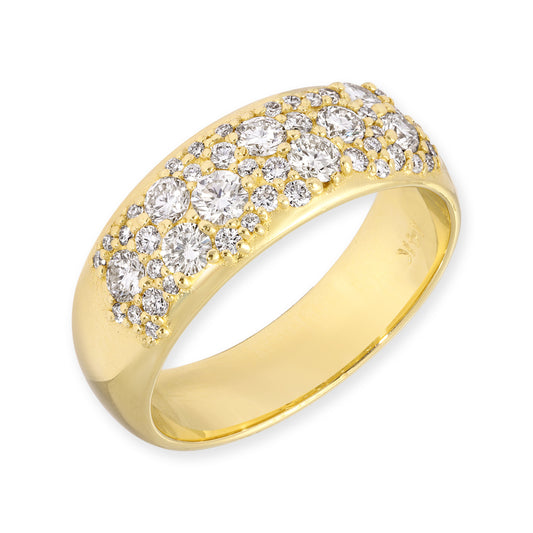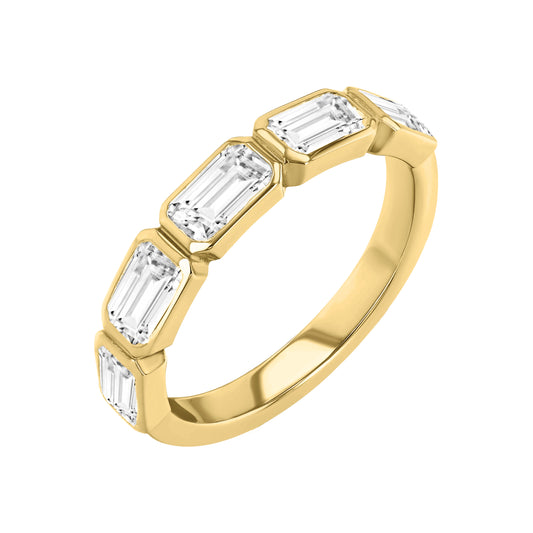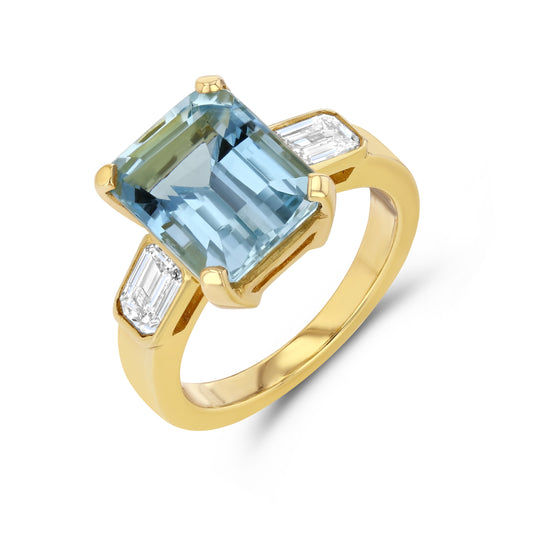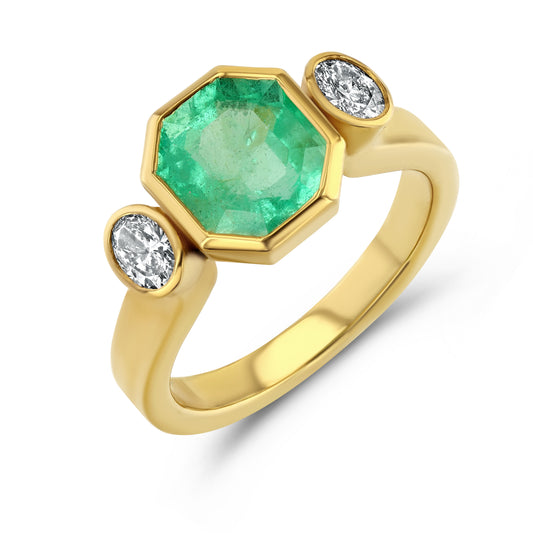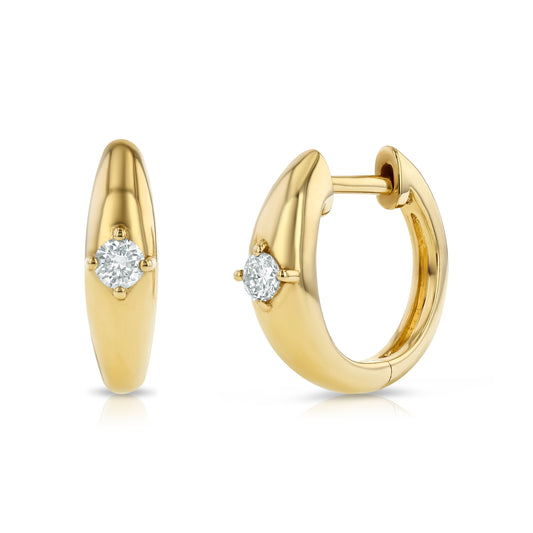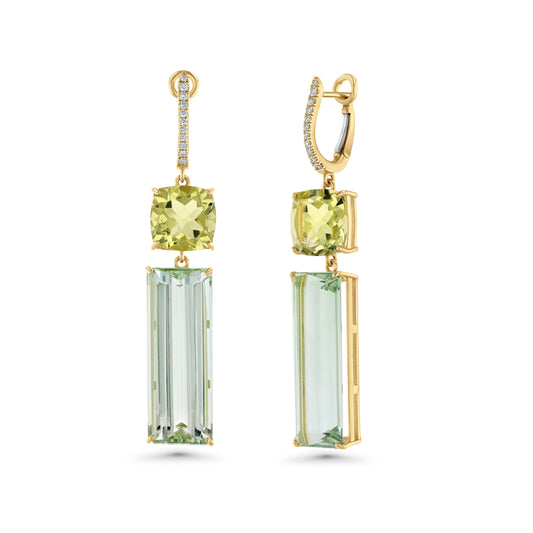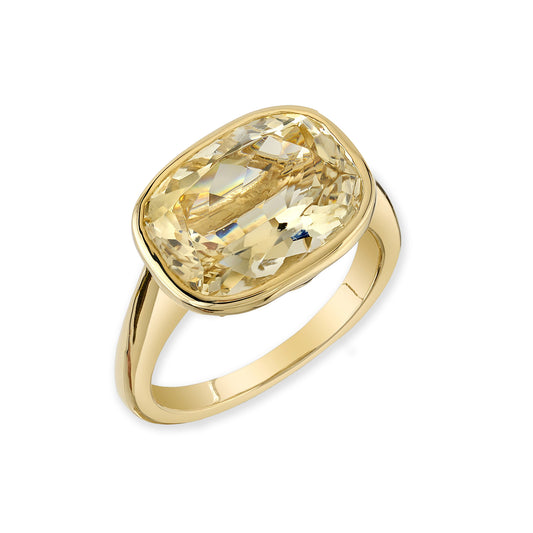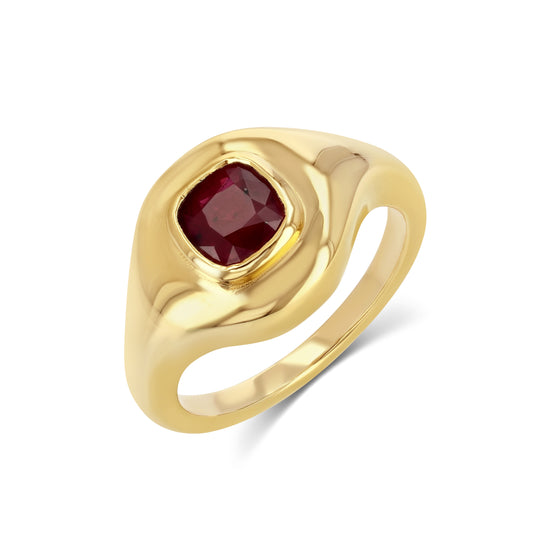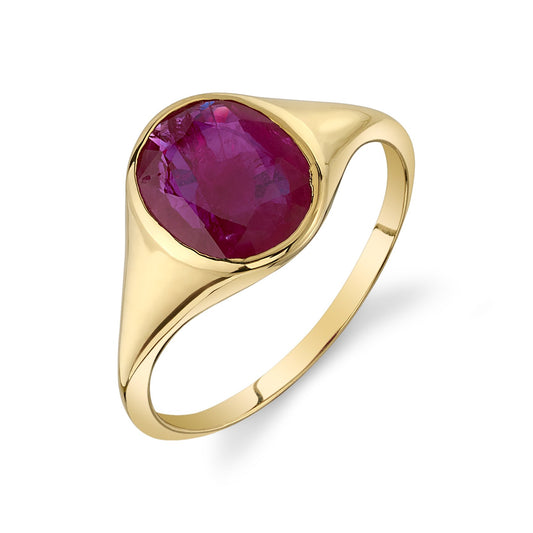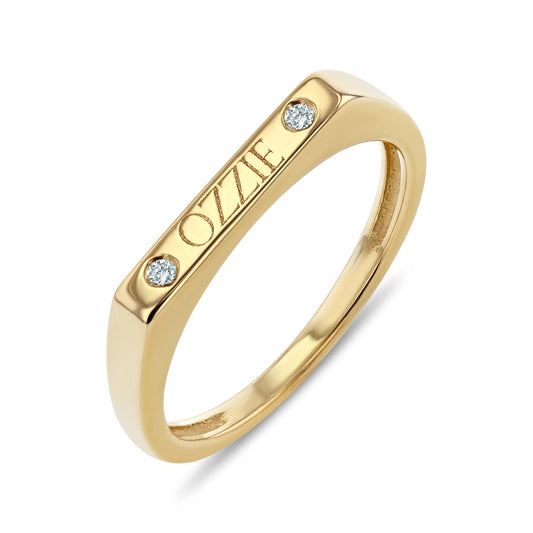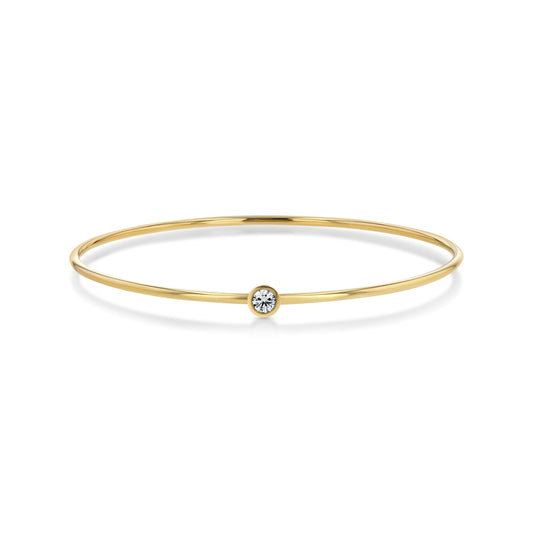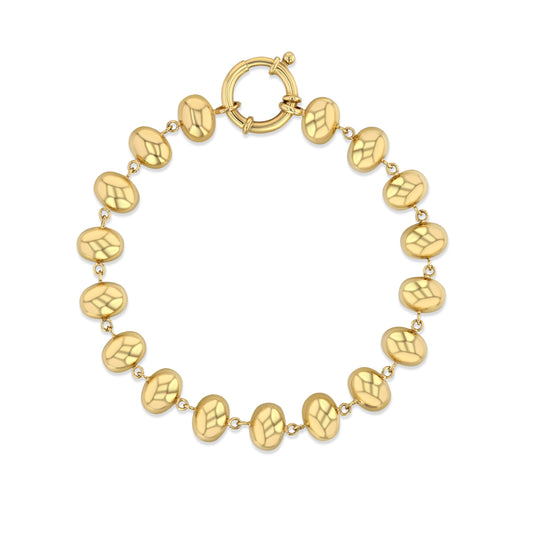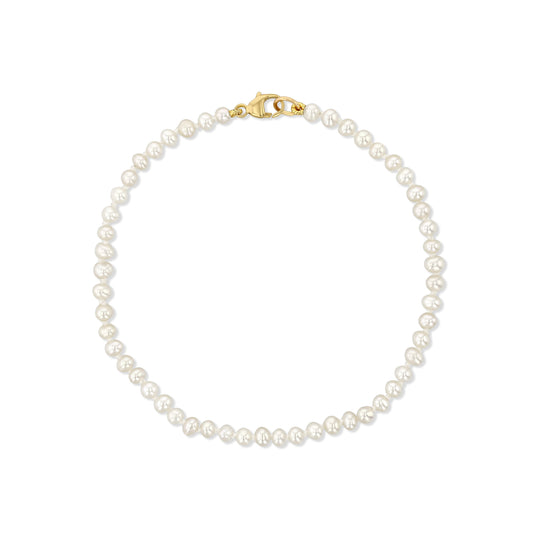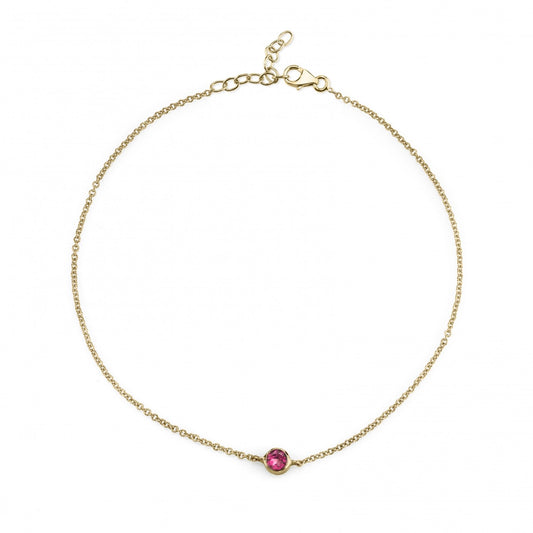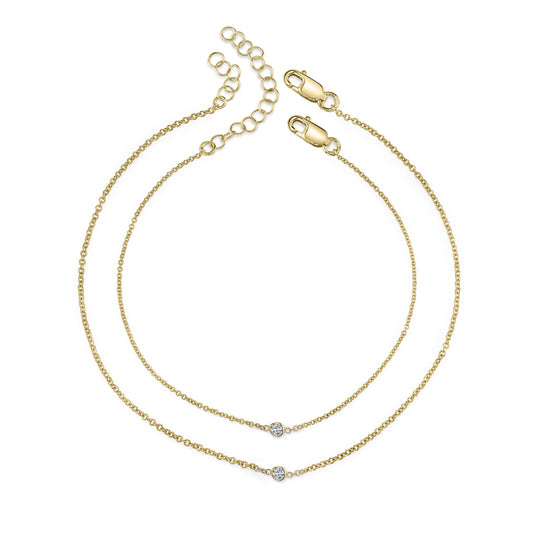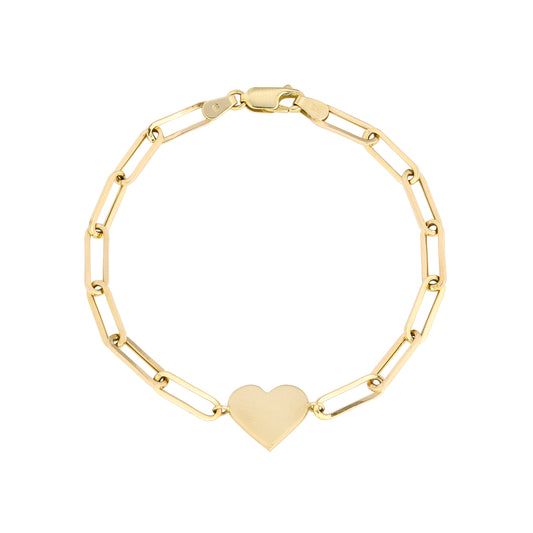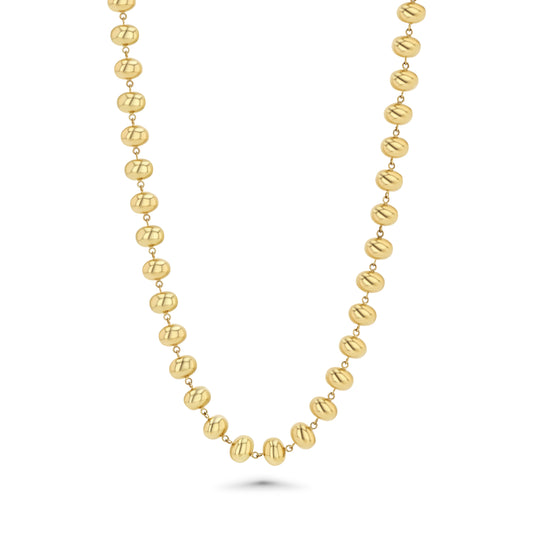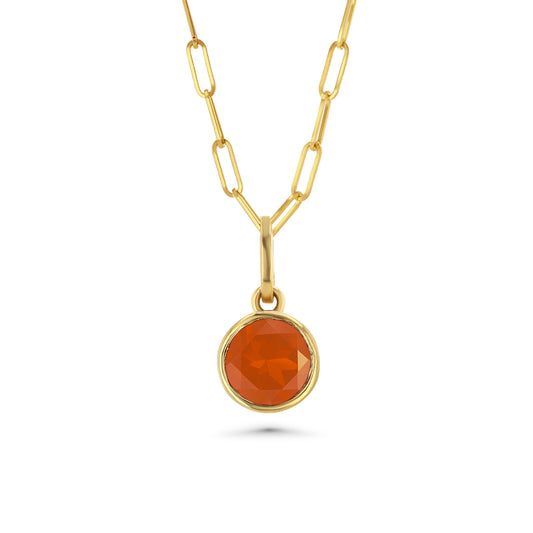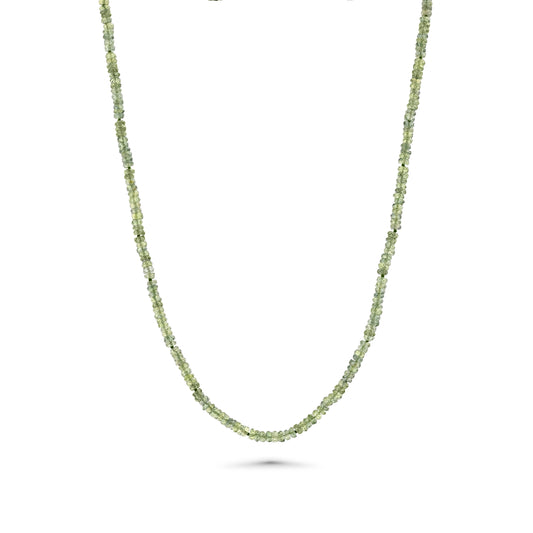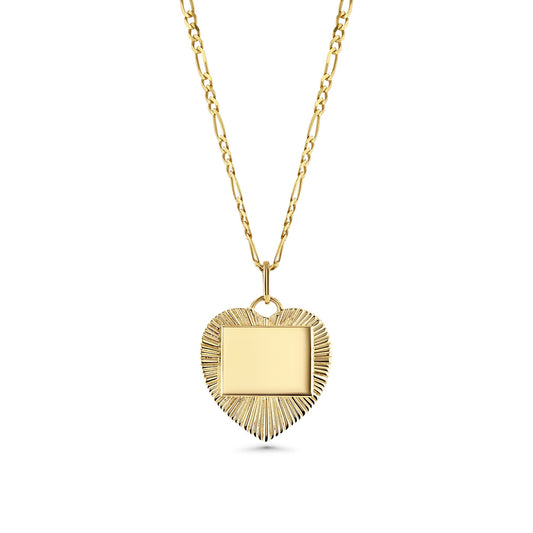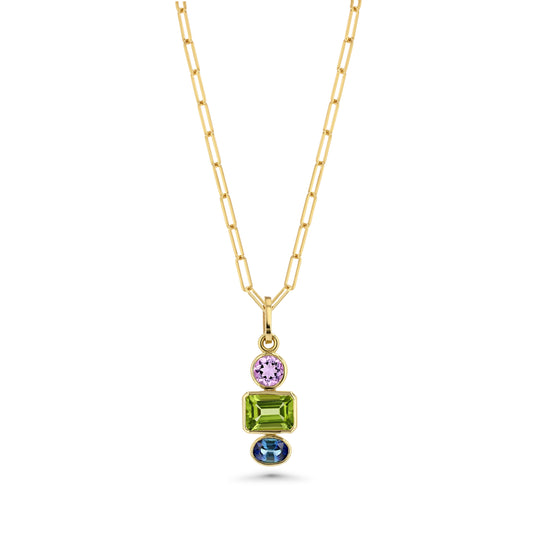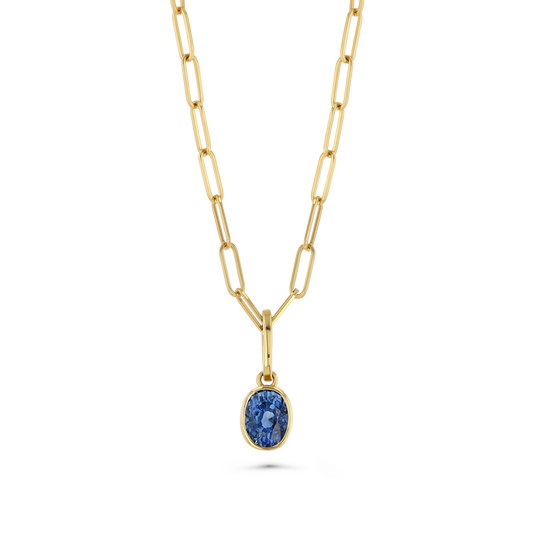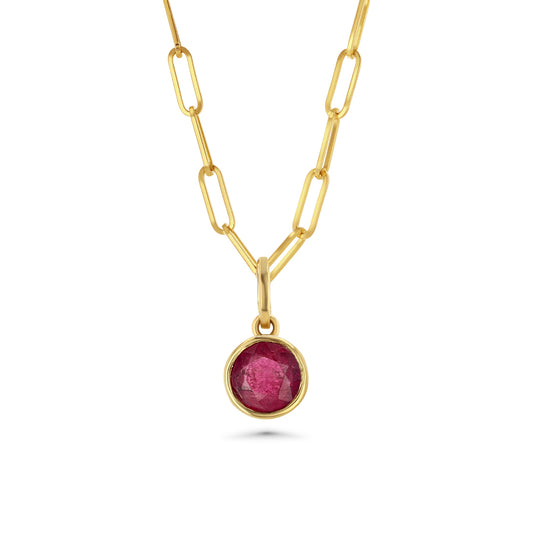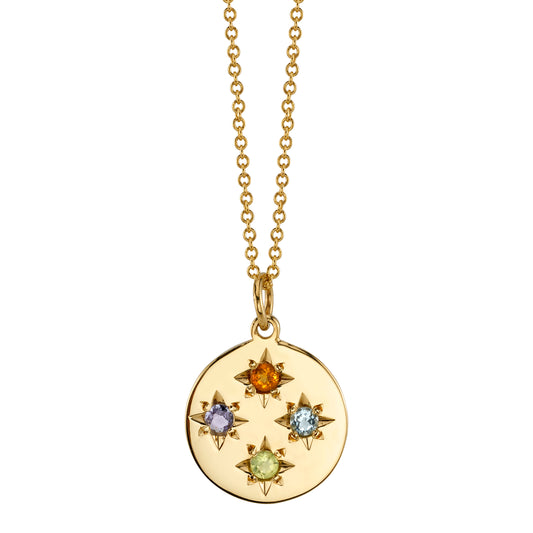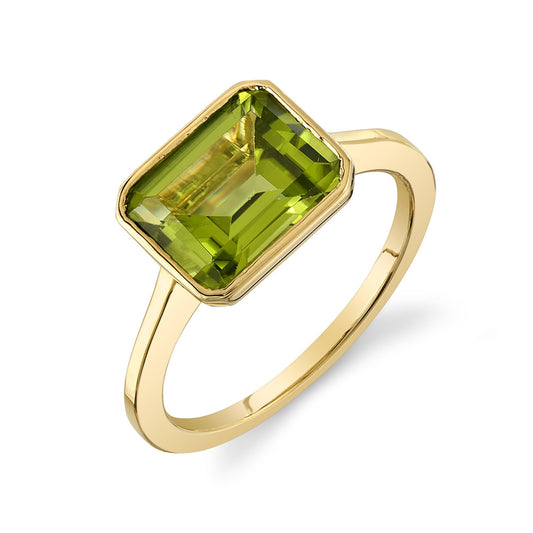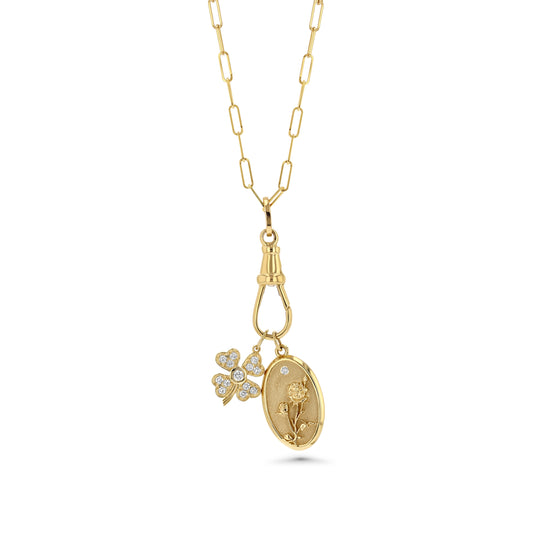Scientists and spiritualists alike recognize diamonds' curious elements of transformation and strength, both literally and metaphorically
The conditions in which diamonds are created can only occur 100 miles under the earth’s surface (GIA). Perhaps because of this naturally secretive process, there is an inherent sense of wonder which this stone inspires; it is produced in the dark underground, but arrives as a prismatic force, mirroring the light of the sun. The diamond and its history are, in a sense, full of contradictions that have mystified and inspired our notions of beauty. White diamonds are seemingly “colorless” and yet its kaleidoscopic effects produce all colors; for this reason, it is seen as a collective “conductor” of all other gem energies - giving it the name “the queen of gems” (Crystal Vaults). The stone has been represented in Buddhist sutras as a symbol of inner lightness and mental acuity; the Roman naturalist Pliny wrote, “the diamond is the most valuable, not only of precious stones but of all the things in the world.” The word "diamond" comes from the Greek Adamas, which alludes to its unbreakable strength (Brillance). Diamonds truly are, in both physical makeup and symbolic reputation, one of the strongest forces on earth.
 |
 |
|
HISTORY
In the 4th century BCE, the first diamonds were discovered in India. The precious material was then traded along the Silk Road system, and eventually made its way to the Venice markets. Here, the diamond expanded from being reserved for the Indian elite, to European higher classes as well, and its exoticism made it a strong symbol of status (Brilliance). Once Indian mines were exhausted, diamonds were discovered in Brazil, which continued to be a source for over a hundred years. The diamond was a dichotomy; it was used both as a tool, for its characteristic sharpness, and as an accessory, for its brilliance.
But the diamond as a symbol of aesthetic beauty prevailed in the production of the engagement ring. Ancient Romans were said to place betrothal rings on the third finger of the left hand, as it was believed to have a vein that connected directly to the heart (American Gem Society). Eventually, the notion of a waiting period between proposal and marriage, put into place by Pope Innocent III in 1215, produced an economic demand for such symbolic jewelry. It was not until 1477 that the first diamond engagement ring was recorded, given to Mary of Burgundy by her future husband, Archduke Maximilian of Austria. But perhaps the amorous history of the diamond as we know it today, truly began upon the discovery of South African mines with the iconic De Beers and their eventual coining of the phrase, “a diamond is forever”; this solidified the stone as the symbol of enduring romantic partnerships and the landscape of the diamond trade.
COMPOSITION AND LORE
The chemical makeup of the diamond itself tells a curious story of value. The diamond, as a natural product, is technically extremely similar to coal, as each is made up of pure carbon. The difference is what occurs to the carbon in the process of its particle arrangement. A diamond is a product of pressure and heat which occurs deep underground, and is then pressurized and launched upwards towards the earth’s surface. Through this process, scientists and spiritualists alike recognize its curious elements of transformation and strength, both literally and metaphorically.
Diamonds arrive in an array of colors, but it is its “colorless” state which remains most sought-after. As diamonds functions as prisms that refract light, they are believed to have an energetic light source from within, maintaining the usual function of the sun, which would be used to recharge other crystals. A diamond is thought of as a stone of innocence, a symbol of purity and newness; the diamond hides nothing. Thus it can be seen as a stone that inspires open trust in relationships, as is believed throughout many cultures. It is linked to the crown chakra which strengthens connection from the individual to the universal, the relationship between “intellect and higher knowledge,” a stone that produces all the possibilities of unity (Love is in the Earth).






